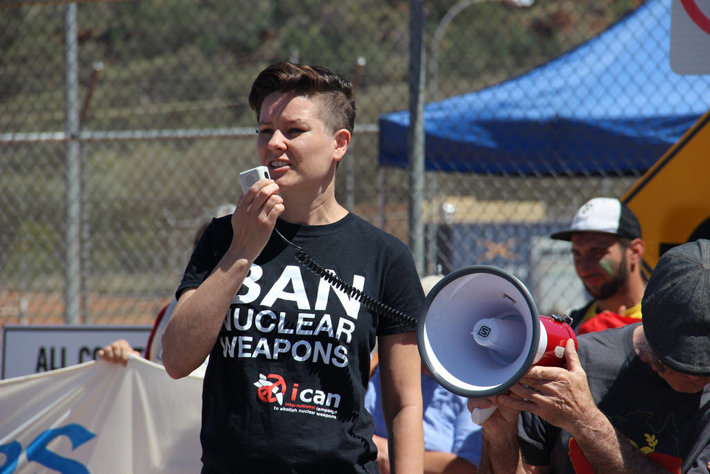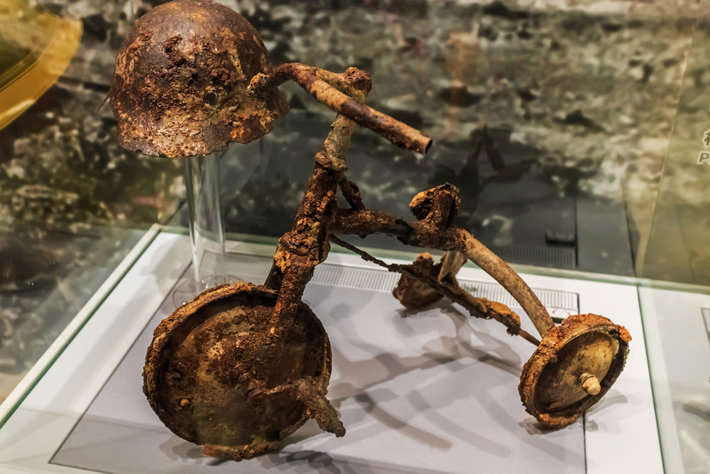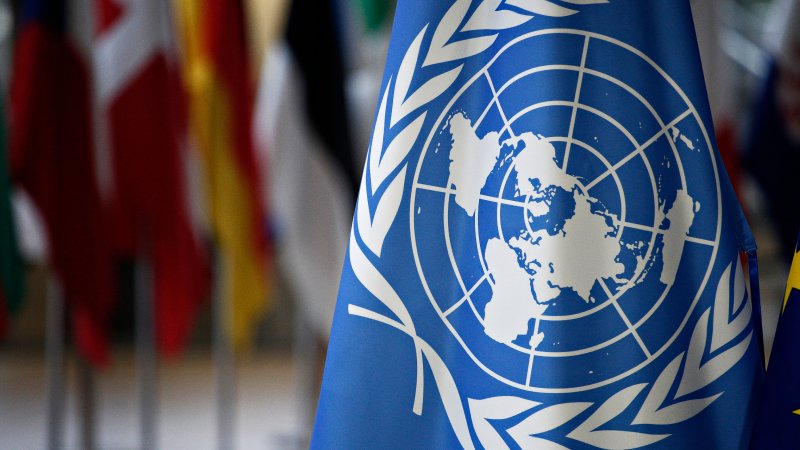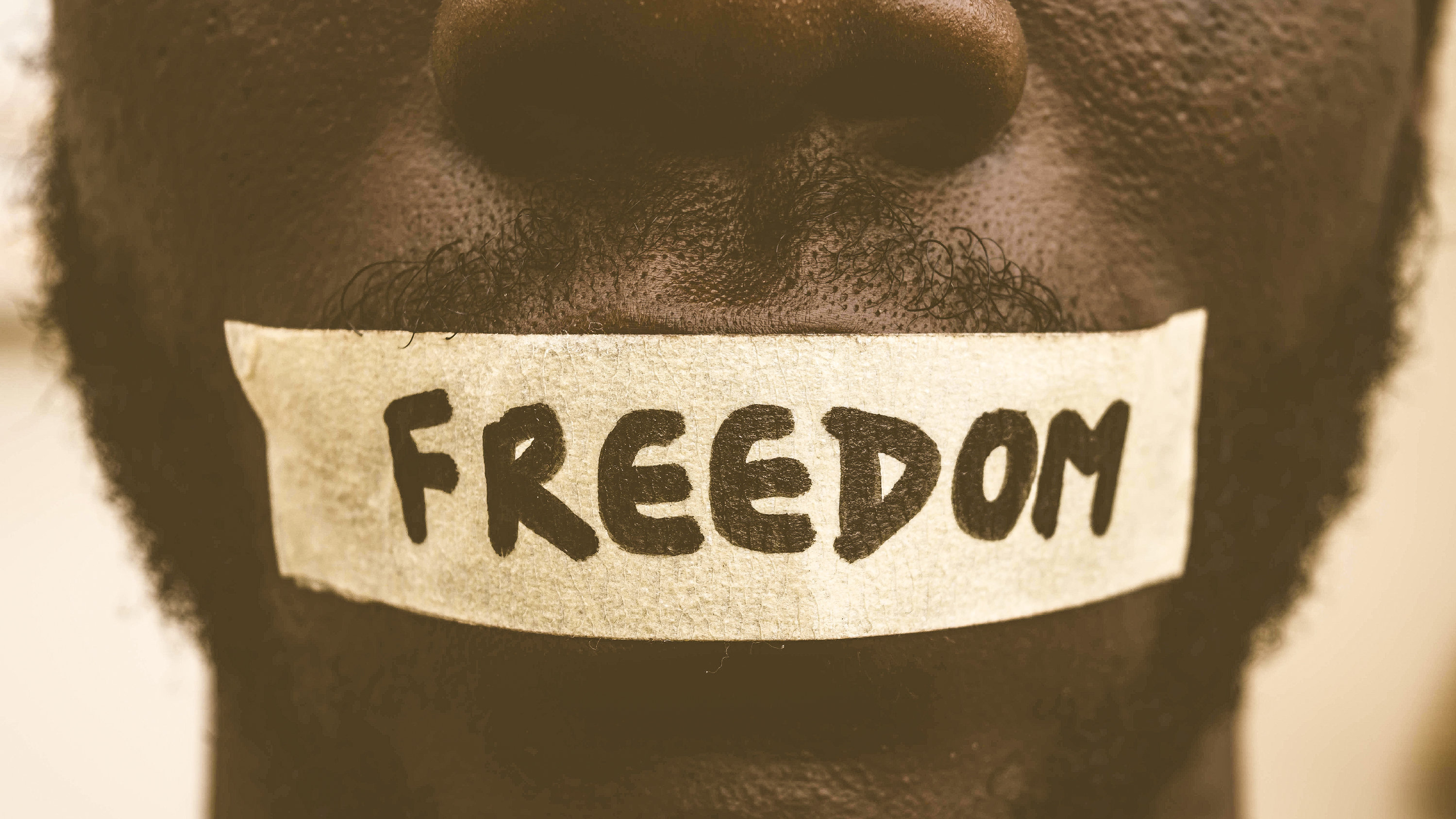
-
HOME
-
WHAT IS STANDOur Mission Our Values Our Help Contact
-
WHAT WE FIGHT FORReligious Freedom Religious Literacy Equality & Human Rights Inclusion & Respect Free Speech Responsible Journalism Corporate Accountability
-
RESOURCESExpert Studies Landmark Decisions White Papers FAQs David Miscavige Religious Freedom Resource Center Freedom of Religion & Human Rights Topic Index Priest-Penitent Privilege Islamophobia
-
HATE MONITORBiased Media Propagandists Hatemongers False Experts Hate Monitor Blog
-
NEWSROOMNews Media Watch Videos Blog
-
TAKE ACTIONCombat Hate & Discrimination Champion Freedom of Religion Demand Accountability
Ending Nuclear War—A Small Group With a Big Idea
Last month, the Nobel Peace Prize was awarded to the International Campaign to Abolish Nuclear Weapons (iCAN), a Geneva-based coalition of activists who helped facilitate a United Nations treaty for disarmament.
While the main nuclear powers boycotted the treaty negotiations, this award represents major progress in backing the planet away from the brink of nuclear war. At this moment, the concept of “mutually assured destruction” is the only thing keeping the powers that own nuclear weapons from using them. The acronym in military-speak is “MAD,” and it is mad. This standoff has prevailed since the U.S. dropped nuclear bombs on Hiroshima and Nagasaki in August of 1945.

Duck and cover drills. Fallout shelters. Mutually Assured Destruction. Nuclear Tests. Mushroom clouds. My childhood coincided with that age of uncertainty, and the disturbing confusion we all felt in the face of a newly unleashed physical force that was beyond the embrace of the word “catastrophe.”
I have some crazy memories from this era.
As an elementary school child, the news was always running in the background of my naïve consciousness. In spite of how protective my Mom was, I knew there was something to worry about as we entered the “Cold War.” I recall glib educational films instructing us to “duck and cover,” without a hint of how futile that exercise really would be if an attack were to occur.
So when our classroom was asked one day to file out of our school building and walk hand-in-hand, double-file off the school yard, down the street in quiet lines several blocks away from the school, to stand peacefully along the last sidewalk with the empty prairie behind us and the modest suburbs before us, I knew something was way amiss.
Later, in high school, I was brought to tears of humility and shame when I read the book “Hiroshima.”
Fire drills I understood: Get out of the building FAST. Walk to the fence. Stay out of the way. Wait for instructions. Hope I have a school to come back to.
Snow days also made perfect sense. Everyone stayed home and had hot soup for lunch and waited till the grownups were able to shovel their way out of this.
But standing on the sidewalk on that beautiful day, with a pleasant light breeze, deep-blue sky and fluffy clouds, holding the hands of my schoolmates and waiting for my Mom to drive by slowly to pick me out from the lineup… even as a young child I saw how absurd that exercise was.

I knew that if someone lobbed a nuclear bomb our way, being outside made me a sitting duck. A fried sitting duck. Maybe there had been newsreel footage of mushroom clouds on our newly purchased TV. I don’t know how I knew. But I did know that this drill was an inane solution to an insanely sinister problem.
Later, in high school, I was brought to tears of humility and shame when I read the book Hiroshima. I wanted to put the book down and not read it, but it was a school assignment and I was a dutiful student. I learned what it would have been like to have a single weapon turn my world upside down and what a non-starter nuclear warfare really is. I was truly sad and somewhat ashamed that it was my country that had to be the first—and hopefully the last—to use nuclear weapons on this planet.
Whether we get there through rule of law, disarmament or some other solution, saving this pretty planet is the goal. We can get there.
The use of atomic bombs to bring an end to World War II may have been well justified. But this blog isn’t about politics. It’s about humanity learning from its past mistakes and moving toward better solutions that benefit all mankind. “World peace” as a phrase, though sometimes perceived as trite or cliché, is a truly possible goal.
I recently saw a documentary about the heroic rescues carried out by ordinary citizens in the wake of Hurricane Katrina. Apartment dwellers in the heart of the flooding in New Orleans had only one escape route: their roof. The reenactment footage showed good-hearted citizens carrying wheelchair-bound tenants up to top of the building for their safety. The dwellers amassed there and suddenly racial tensions sprang up as a gang of four thugs with guns started threatening the elderly and the handicapped, trying to steal their watches, money and jewelry.
In the words of the hero of the story, every race, religion, age and ethnicity was assembled on that roof. It was a microcosm of the world. And this man went to the gang and told them to stop. Period. He ignored their weapons and showed no fear. He appealed to their humanity and persuaded them to help. After all, they were all on one roof with no escape anywhere for anyone. They were in this together, come hell or high water.
The thugs got the message. They went back through the building and found bottled water for everyone on the roof. As it turned out, they were trapped for so long that a spontaneous “block party” atmosphere prevailed. In the end, everyone was acting in unison for the group’s survival and their animosity and divisiveness simply dissolved as they became a community of friends. The thugs were forgiven and the group of apartment dwellers remained friends thereafter.
We all have to stop seeing only our differences and learn to celebrate our humanity. While total disarmament of nuclear weapons is probably farther off in the future than we would like, we can do it. And whether we get there through rule of law, disarmament or some other solution, saving this pretty planet is the goal. We can get there.
This Nobel Committee awarded a small group with a big idea which has inched us closer to world peace.









